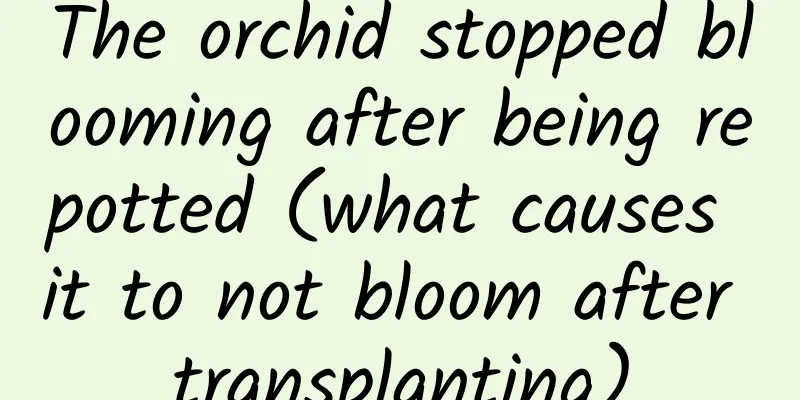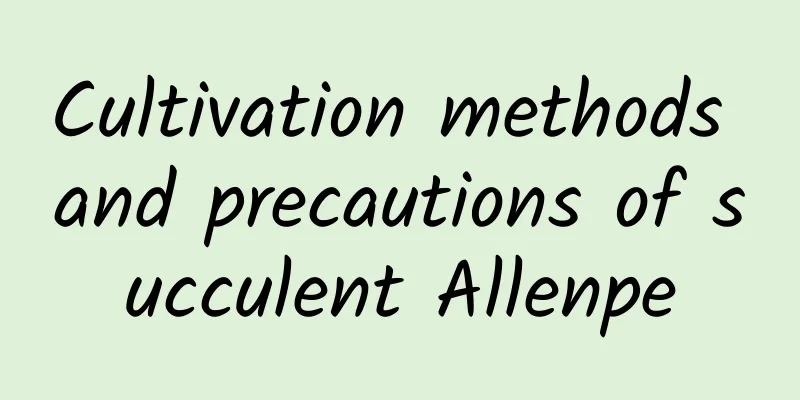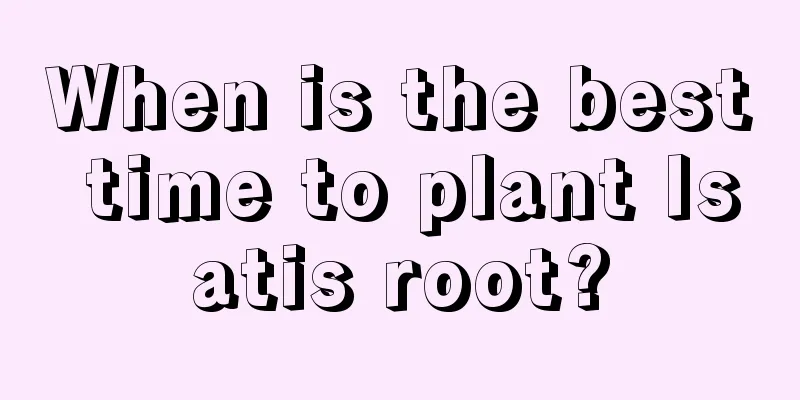The orchid stopped blooming after being repotted (what causes it to not bloom after transplanting)

Why does the orchid not bloom after being divided into pots?To analyze such a problem, we must first make sure that the orchid that was divided did not fail to bloom during the previous maintenance. This includes the application of planting materials, environment, and the supply of nutrients and water are all in a relatively suitable condition. The following are the possible reasons why the plant does not bloom after division: Division timing issues:For winter-blooming orchids, it takes at least three months from the formation of flower buds to winter flowering. Flowering requires a long period of nutrient accumulation. When nutrients are insufficient, it is difficult to bloom. This involves the issue of the timing of division. In summer, many orchids will enter a dormant period. When the temperature reaches a suitable growth time, they will wake up and start normal growth and development. After waking up, the orchids will start preparing to grow flowers. Then the time for dividing the pots should be a little earlier, and the division should be carried out as long as the temperature is suitable. Because orchids need a period of acclimatization after division. If the division is too late, the root system's ability to absorb nutrients will be suspended. If the best time for flowering is missed, then the orchid may not bloom. Problems with new and old plants:When dividing orchids, pay attention to the matching of new and old plants. If the old orchid plant has already bloomed that year, it may enter a flowering period. Just like a fruit tree's bumper year, if it reaches a bumper year this year, it may not bear fruit next year, or bear less fruit. The same is true for old orchid plants. Then the new seedlings will also have a lifespan issue. To maintain a healthy orchid, it takes about 2 to 3 years for the new buds to grow and bloom, provided that they are not divided or repotted during this period. Because division and repotting require a relatively long acclimatization period. If we happen to be in the year of good and bad growth of old seedlings and the year of new seedlings is insufficient, then it is very likely that they will not bloom. |
Recommend
Cicada breeding and hatching technology
The golden cicada is a metamorphosed insect, whic...
How long does it take for corn to germinate?
How long does it take for corn to germinate? To g...
How to make pine red plum blossom on New Year's Day
Normal flowering period of Prunus mume Pine red p...
He has been raising a money tree for 10 years, and it has grown thicker than his thigh. How does he raise it?
Money tree maintenance precautions The money tree...
Complete guide to hydroponic cultivation of spring taro!
Hydroponics methods and processes Although spring...
What to do if the tips of gardenia leaves turn brown and dry
1. Reduce watering Reason: Do not water excessive...
How to raise Xiaoyu
Family farming methods Temperature and light Xiao...
Can mirror grass be watered with beer?
Can mirror grass be watered with beer water? Gene...
What brand of water-soluble fertilizer is good for cucumber flushing (what water-soluble fertilizer is good for cucumber yield)
Cucumber is a common vegetable on the table of co...
Does Kalanchoe need a large or small pot? How to choose the size of the pot?
Kalanchoe is a plant with a relatively shallow ro...
Why can't peach trees be planted at home? Where can peach trees be planted at home?
You can plant peach trees at home. Because they h...
Amazing tips for growing flowers at home (Continuation)
Turning Sawdust into Treasure During home renovat...
Methods of raising cicadas at home
The golden cicada , also known as the cicada monk...
Are orchids suitable for the balcony? (What tips should be taken when growing orchids on the balcony at home)
Nowadays, everyone lives in high-rise buildings, ...
How many times a year do carnations bloom? What does blooming mean?
1. How many times a year does it bloom? Carnation...









